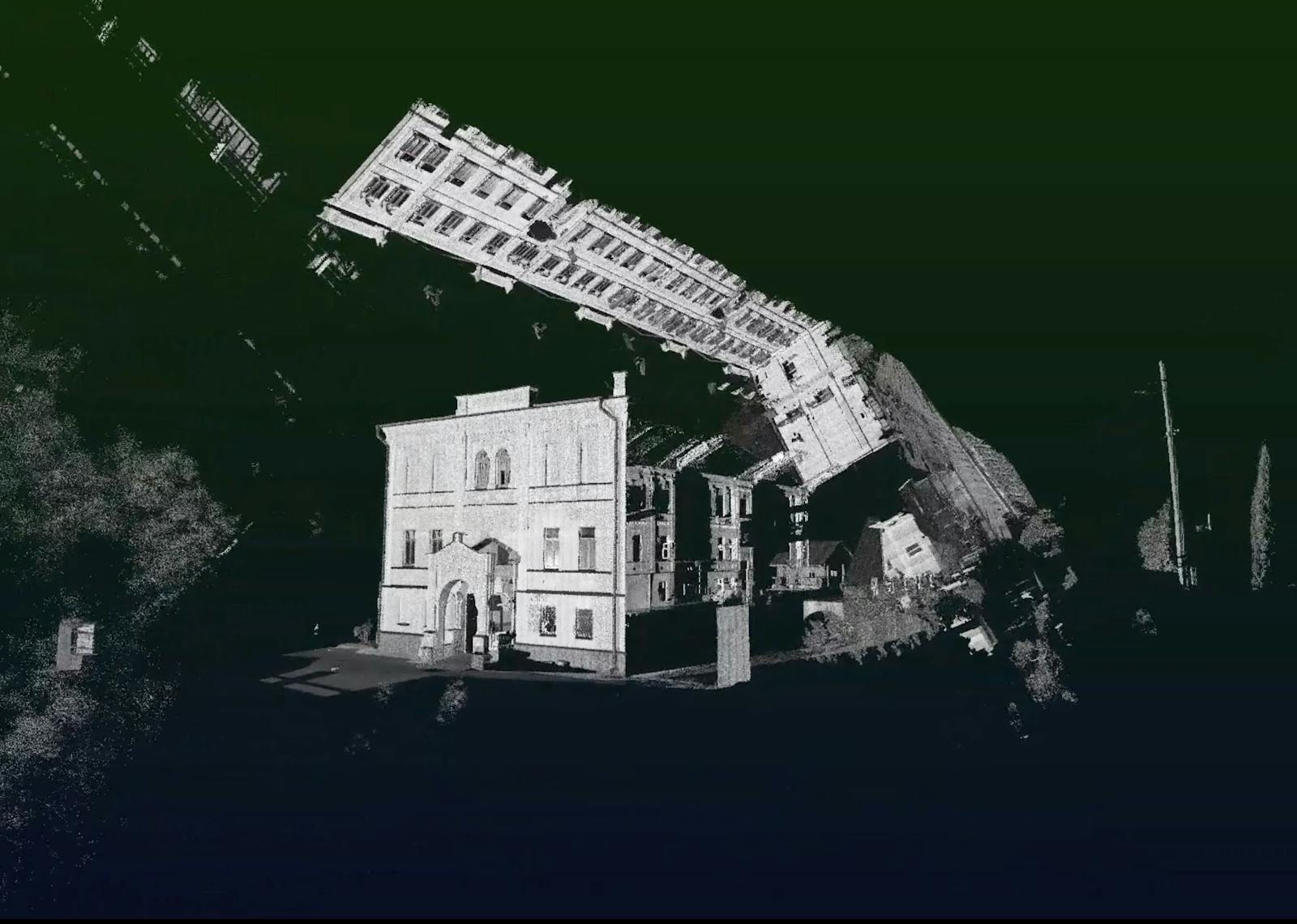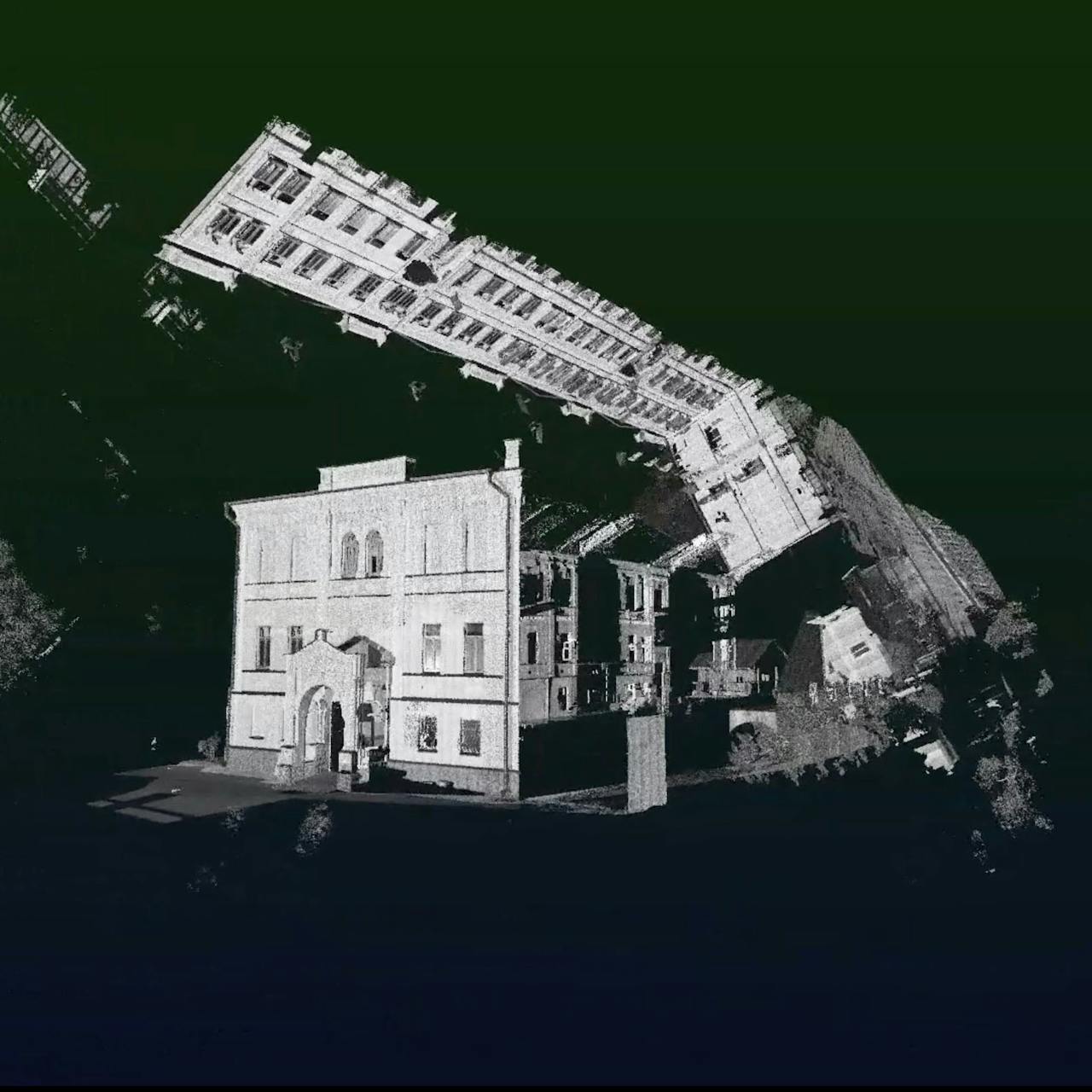After Scarcity


Bahar Noorizadeh
For many of us, computer technology seems almost inseparable from the corporate hypercapitalism of Silicon Valley or from the Department of Defense funding that spurred so much high-tech development, not least of all the forerunners of the internet. But in the Soviet Union of the 1960s, some technologists saw computers as machines of communism and cybernetics as an answer to the difficulties and bureaucratic woes of a waning centrally planned economy.
In, After Scarcity, Bahar Noorizadeh explores the historical past in search of our possible future. How might we use computation to get us out of our current state of digital feudalism and towards new possible utopias? Afterall, what would Vladimir "socialism is electricity plus statistic” Lenin have to say about blockchain? While the Stalinists opposed cybernetics, thinking it bourgeois pseudoscience, cyberneticists like Victor Glushkov rose to prominence in the 1960s as increasing bureaucratic demands of the centrally planned economy threatened to turn the Union into an absurdist administrative state. Networked computation held the promise of a supra-infrastructural, automated national economy that would liberate the people from mountains of red tape, decentralizing central planning. If only things—and people—were ever that simple.
Flying through swarms of floating dots outlining monasteries and city streets, After Scarcity flashes through decades of history to propose the ways contingent pasts can make fictive futures realer, showing us that digital socialism was inbred into the communist revolution and that computation doesn’t mean we’re condemned to today’s tyranny of total financialization.
Recommended Reading:
Peters, B. (2016). How Not to Network a Nation: The Uneasy History of the Soviet Internet. Cambridge: MIT Press.
Spufford, F. (2010). Red Plenty: Inside the Fifties’ Soviet Dream. London: Faber & Faber.
